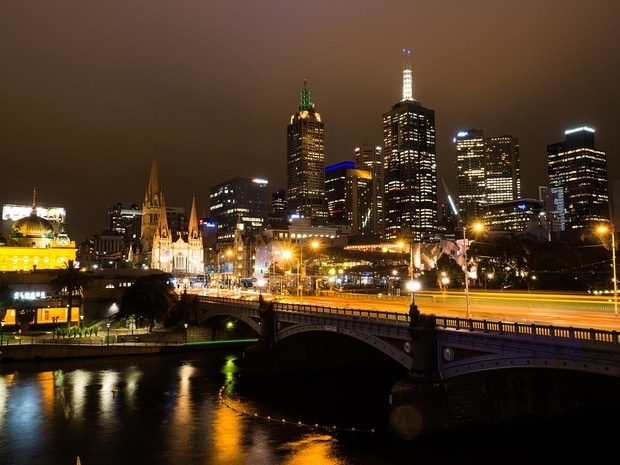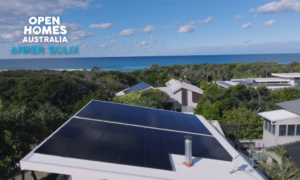There hasn’t been a whole lot of good news lately, as COVID-19 continues to place its grip on the world and shutdown sector after sector. Renewable energy has even taken a hit, but there’s some positive headlines still coming out of our growing field.
This includes the recently announced project in regional Victoria, which will see the Australian Renewable Energy Agency dish out $3 million in funding towards the study of it. The aim is to better understand the workings of a 40MW/50MWh solar hydro power plant, and where it’s feasible for the location (and current circumstances).
What will the power plant look like?

Company RayGen has its eyes set on building a grid-scale power plant that will be used to create concentrated PV technology (otherwise known as PV Ultra). It will then look to combine this with hydro technology to develop renewable energy sources and the ability to offer large-scale storage.
Angus Taylor, Minister for Energy and Emissions Reduction, said the development is a great example of how the latest technology is helping to secure dispatchable power. It’s also a big step forward towards establishing better grid stability across the state, all the while lowering carbon emissions.
“The Government will continue to support technology development that will not only reduce emissions and improve energy security but has the potential to create new jobs in regional Victoria,” Taylor said
“This project has the potential to save 10,000 tonnes of CO2 emissions per year and provide reliable and affordable electricity to more than 1000 homes.”
In particular, this is highly beneficial for areas like Mallee, who will see the benefits of job creation and innovative technology all in action firsthand.
Overall, ensuring that the grid is backed by high-grade solar power assets like these, allow for dispatchable generation. Moving towards these kinds of technologies is crucial for grid stability.
The technology works similarly to that of a solar farm. A hydro pump backs the site up to make sure all PV can keep the lights on and lower emissions, when it’s all needed most.
The study will be completed by the end of 2021 but RayGen aims to commence construction by late 2020.













































